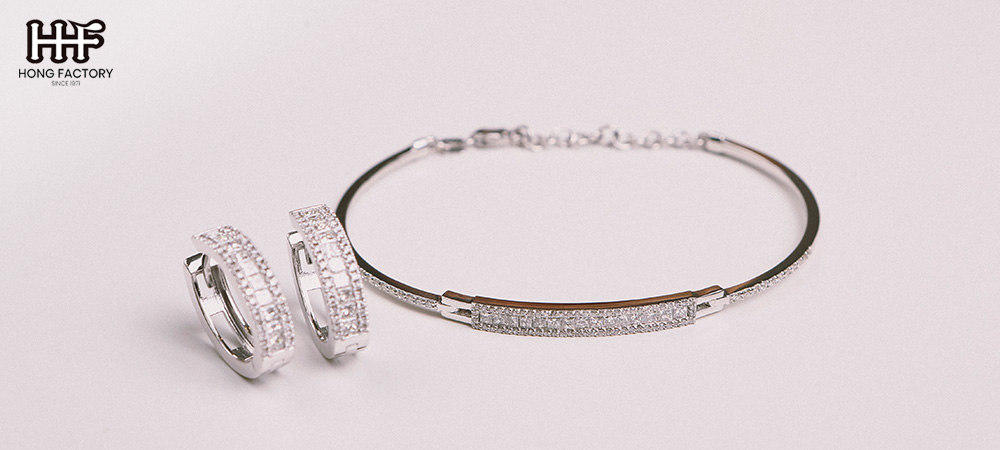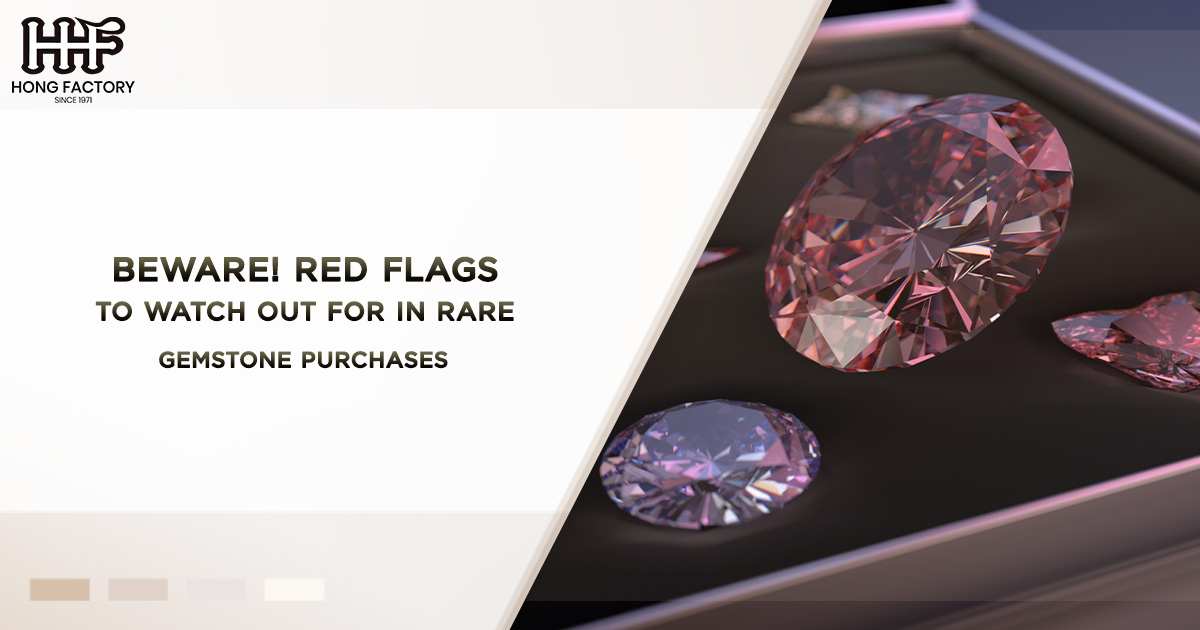Rare gemstones have an undeniably captivating allure, drawing buyers with their intricate beauty and value. However, the high demand for these precious stones has also made them a fertile ground for scammers. Whether you’re a gemstone enthusiast, a collector, or simply looking to invest, the risk of falling victim to fraudulent schemes is real. This article will guide you through the common scams, prevention methods, and crucial verification steps to ensure your gemstone purchase is genuine and secure.
Common Scams in Rare Gemstone Purchases
The world of rare gemstones is vast—and unfortunately, so are the opportunities for fraud. Scammers often prey on the inexperience or lack of knowledge of buyers. Here’s a look at the most common scams to be aware of :
1. Synthetic Gemstones Sold as Natural
One of the most frequent scams in the market is selling synthetic or lab-grown gemstones as natural ones. While synthetic gemstones have the same chemical composition and appearance as natural ones, they are far less valuable due to their artificial origin. Unsuspecting buyers may end up paying prices meant for rare, naturally occurring gemstones.
2. Gemstone Treatments Disguised
Gemstone treatments such as heat treatment, dyeing, or fracture filling are common industry practices to enhance a stone’s appearance. However, dishonest dealers may fail to disclose these treatments, selling the stone at a premium price that would only be justified for untreated, natural gems.
3. Imitation Gemstones
Imitation gemstones are made from other materials, such as glass or lower-value stones, to mimic the appearance of high-value ones. For example, cubic zirconia is often passed off as a diamond.
4. Fake Certification Scam
Certificates of authenticity are vital in rare gemstone purchases. However, scammers have become adept at providing fake or forged certificates from non-existent or untrustworthy labs to back up their fraudulent claims of authenticity.
5. Bait-and-Switch Tactics
This scam involves dealers showcasing a high-quality gemstone to lure buyers but delivering a lesser-quality or entirely fake stone after the purchase has been made.
6. Overvaluation
Unethical sellers frequently overstate the value of a gemstone, convincing buyers to pay far more than the stone’s actual worth.
7. Online Marketplace Fraud
The rise of e-commerce platforms has led to an increase in online gemstone scams. Fraudsters may post attractive images of rare gemstones for sale but deliver substandard, synthetic, or counterfeit stones—or, in some cases, nothing at all.

Fraud Prevention – Methods to Protect Yourself
While scams are prevalent, there are effective strategies to minimize the risk of being deceived. Here are several measures to help you safeguard your investments in rare gemstones :
1. Research the Seller Thoroughly
- Reputation Check : Always purchase from reputable and established dealers. Look for reviews, testimonials, and references from past buyers.
- Memberships and Affiliations : Check if the seller is a member of reputable gemstone trade associations, such as the American Gem Trade Association (AGTA) or the International Colored Gemstone Association (ICA).
2. Verify the Certification
- Check the Lab : Ensure the certificate of authenticity is issued by a reputable gemological laboratory like the Gemological Institute of America (GIA) or the International Gemological Institute (IGI).
- QR Codes or Registration Numbers : Many certificates include QR codes or identification numbers that you can verify on the certifying lab’s official website.
3. Educate Yourself
- Learn About Gemstones : Familiarize yourself with the types of rare gemstones you’re interested in, as well as their physical properties, treatments, and market value.
- Understand Common Scams : Knowledge is your first line of defense against fraud. Read about common scams and red flags in the gemstone market.
4. Avoid Unrealistic Deals
- Too Good to Be True Prices : Be wary of deals that seem unbelievably low. Rare gemstones command a premium price, and substantial discounts often signal a scam.
- Beware of Pressure Tactics : If a seller is rushing you to close a deal or claiming the offer is for a limited time only, proceed with caution.
5. Insist on Full Disclosure
- Ask Questions : Inquire about the stone’s origin, treatments, and any enhancements. Ethical dealers are transparent and willing to provide information.
- Obtain a Written Guarantee : Request written documentation outlining the stone’s specifications, including whether it has been treated.
6. Purchase Insurance
Whenever possible, insure your gemstone purchases. A comprehensive insurance policy can protect you financially if your purchase turns out to be fraudulent or if the gemstone is lost or stolen.
Verification Steps – Ensuring Authenticity
After you’ve taken preventative measures, it’s time to verify the authenticity of your gemstone purchase. Follow these essential steps to confirm the legitimacy and value of the stone:
1. Request a Gemological Certification
- Insist on a grading report from an independent and reputable gemological lab. This report will provide a detailed analysis of the gemstone, including its type, quality, treatments, and whether it is natural or synthetic.
2. Conduct a Visual Examination
- Inspect the Stone : Look for inconsistencies, such as air bubbles (common in glass imitations) or uneven coloring (which might indicate dye treatments).
- Check for Flaws : Natural gemstones often have inclusions, small imperfections that indicate authenticity. A flawless gemstone might be synthetic.
3. Use Specialized Equipment
- Refractometer : Measures the refractive index of the gemstone, helping to identify the stone type.
- Spectroscope : Analyzes the gemstone’s spectrum to detect treatments or synthetic origins.
- Loupe or Microscope : Allows for detailed inspection to identify inclusions, fractures, or signs of synthetic manufacturing.
4. Consult a Gemologist
- If you’re unsure about your gemstone’s authenticity, consult a professional gemologist. Their expertise can help you identify whether the gemstone matches the seller’s claims.
5. Verify the Certification Online
- Many reputable labs offer online tools to verify the details of a gemstone grading report. Cross-check the certificate number with the information available on the lab’s database.
6. Test the Stone in Different Lighting
- Rare gemstones may display unique optical properties, such as pleochroism (showing different colors from different angles) or fluorescence under UV light. Testing these properties can help confirm the stone’s identity.
Red Flags to Watch Out For
While shopping for rare gemstones, always remain vigilant for these warning signs :
- No Certification Provided : Sellers who refuse to provide a gemological certificate should be treated with suspicion.
- Unrealistic Discounts : Excessive markdowns are often bait to lure buyers into scams.
- Mystery Origins : Be cautious of stones labeled as “exotic” or “rare” without specific details of their source.
- Poor Communication : Legitimate dealers will answer your questions openly and provide detailed information about their products.

How Technology is Helping Combat Gemstone Fraud
Modern innovations are revolutionizing fraud prevention in the gemstone industry. Here’s how :
- Blockchain Technology : Transparent blockchain systems are increasingly being used to track the journey of gemstones from mine to market, providing irrefutable proof of origin and authenticity.
- AI-Assisted Grading Systems : Advanced algorithms can now analyze gemstones for authenticity and quality with remarkable accuracy.
- QR Code Integration : Digital certificates of authenticity often include QR codes linked to secure databases, making it easier for buyers to verify gemstones online.
Conclusion
Buying rare gemstones can be an exciting and rewarding experience, but the risks of fraud cannot be underestimated. By familiarizing yourself with common scams, adopting preventative measures, and following strict verification steps, you can protect yourself from falling victim to unscrupulous dealers. Remember, the best defense against fraud is knowledge and vigilance.
Investing in gemstones requires careful attention to detail and a commitment to authenticity checks. Always work with trusted sources, seek professional guidance when needed, and prioritize transparency in every transaction. By doing so, you’ll not only safeguard your investment but also enjoy the beauty and value that rare gemstones bring to your collection.
